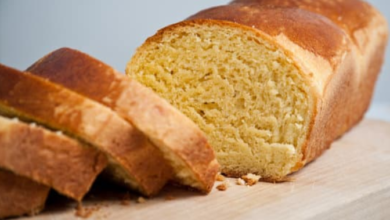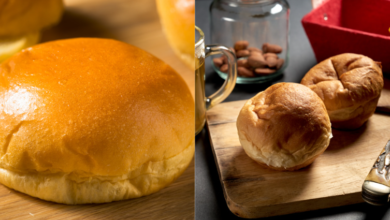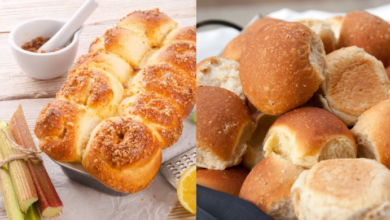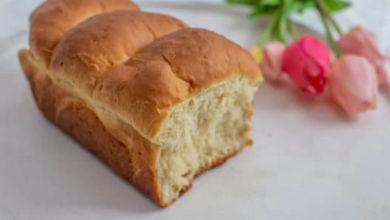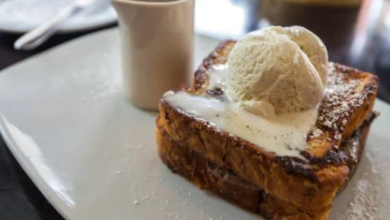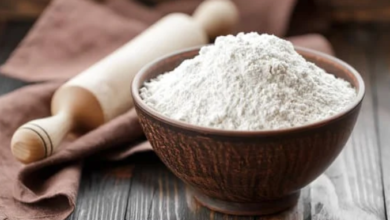What’s The Average Percentage Of Butter For Brioche?
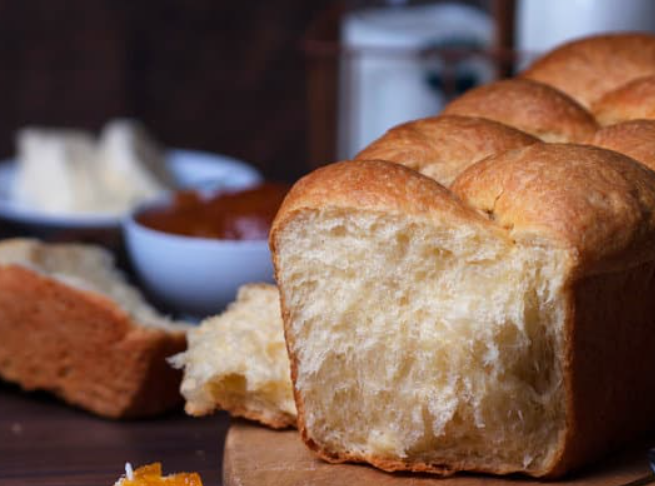
What To Know
- To achieve a well-balanced brioche, it is crucial to consider the ratios of other ingredients in relation to the butter percentage.
- By understanding the role of butter and considering the interplay of other ingredients, bakers can create brioche with the perfect combination of richness, tenderness, and texture.
- The butter percentage can be adjusted to customize the richness and texture of the brioche.
Unveiling the Ideal Butter Proportion in Brioche: A Comprehensive Guide</h1>
Brioche, a delectable pastry renowned for its rich, buttery flavor and fluffy texture, is a culinary masterpiece that has captivated taste buds for centuries. One of the key ingredients that sets brioche apart is butter, which contributes to its signature richness and tenderness. But what is the typical percentage of butter used in brioche? This blog post delves into the intricacies of brioche making, exploring the optimal butter ratio for achieving the perfect balance of flavor and texture.
The Role of Butter in Brioche
Butter is an indispensable component of brioche, serving several crucial functions:
- Flavor Enhancement: Butter imparts a rich, velvety flavor that is synonymous with brioche.
- Tenderizing: The fat content in butter helps tenderize the dough, resulting in a soft, airy texture.
- Leavening: Butter creates pockets of air within the dough, contributing to the brioche’s characteristic fluffiness.
Ideal Butter Percentage
The typical percentage of butter used in brioche ranges from 25% to 50% of the total flour weight. This wide range allows bakers to customize the richness and texture of their brioche according to their preferences.
- 25-35%: For a lighter, less buttery brioche, a lower butter percentage (25-35%) is recommended.
- 40-50%: For a richer, more decadent brioche, a higher butter percentage (40-50%) is ideal.
Factors Affecting Butter Percentage
The optimal butter percentage in brioche can vary depending on several factors:
- Desired Texture: A higher butter percentage yields a softer, more buttery texture.
- Flour Strength: Strong flour can handle a higher butter percentage without compromising its structure.
- Kneading Method: Brioche dough kneaded in a stand mixer can tolerate a higher butter percentage than dough kneaded by hand.
- Yeast Activity: Active yeast will produce more gas, which can help balance a higher butter percentage.
Consequences of Incorrect Butter Percentage
Using an incorrect butter percentage can have detrimental effects on the brioche:
- Too Little Butter: A brioche with insufficient butter will lack richness and tenderness, resulting in a dense, dry texture.
- Too Much Butter: An excessive amount of butter can weaken the dough’s structure, leading to a greasy, collapsed brioche.
Balancing Butter and Other Ingredients
To achieve a well-balanced brioche, it is crucial to consider the ratios of other ingredients in relation to the butter percentage:
- Flour: The flour-to-butter ratio should be approximately 1:1 to 1:1.5.
- Eggs: Eggs contribute to richness and structure. A typical brioche recipe calls for 2-3 eggs per 500g of flour.
- Sugar: Sugar provides sweetness and aids in yeast fermentation. The amount of sugar can be adjusted according to taste.
- Milk: Milk adds moisture and helps bind the ingredients. The amount of milk can be adjusted to achieve the desired dough consistency.
Summary: Striking the Perfect Balance
The ideal butter percentage in brioche is a delicate balance that depends on various factors. By understanding the role of butter and considering the interplay of other ingredients, bakers can create brioche with the perfect combination of richness, tenderness, and texture. Whether you prefer a lighter or more decadent brioche, experimenting with different butter percentages will allow you to tailor this classic pastry to your taste preferences.
What You Need to Learn
1. What is the purpose of using butter in brioche?
Butter contributes to the rich flavor, tender texture, and fluffiness of brioche.
2. Why does the butter percentage vary in brioche recipes?
The butter percentage can be adjusted to customize the richness and texture of the brioche.
3. What happens if I use too little butter in brioche?
A brioche with insufficient butter will be dense, dry, and lacking in richness.
4. What happens if I use too much butter in brioche?
An excessive amount of butter can weaken the dough’s structure, resulting in a greasy, collapsed brioche.
5. How do I balance the butter percentage with other ingredients in brioche?
Consider the ratios of flour, eggs, sugar, and milk to achieve a well-balanced brioche.
